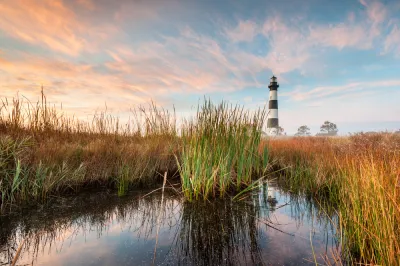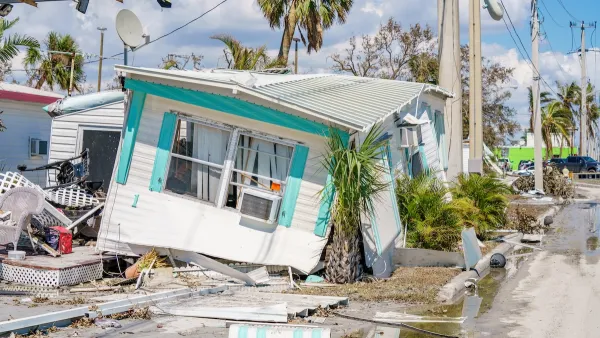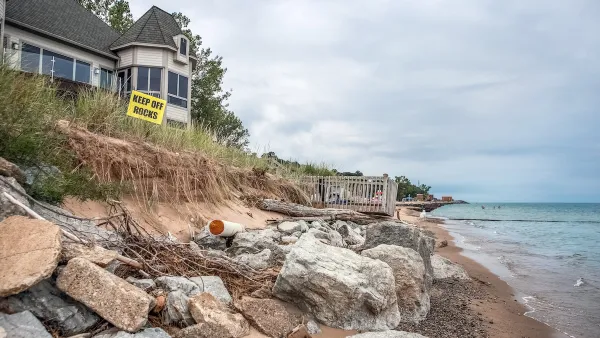The concept of ‘natural capital’ calls on policymakers to consider the value of natural infrastructure, which can often improve climate resilience without expensive construction projects.

In the April 2023 issue of Scientific American, the editors draw attention to how nature can be a tool for fighting the impacts of climate change. The article outlines the dangers of prioritizing development—including climate and weather mitigation measures such as levees or seawalls—over preserving natural features that can prevent erosion, limit the impact of flooding, and make coastal areas more resilient.
“Wetlands, coastal plains, sand dunes, forests, and many other permeable surfaces do cheaply (or even for free) what engineered levees, seawalls and pumps do at a cost of billions of dollars,” the editors explain. “They are vital infrastructure that makes us more resilient against climate change, and the cost of destroying them or weakening their ability to function must be factored into the decisions we make to build and grow.”
The article highlights the concept of “natural capital,” “the idea that ecosystem services should be valued in a similar manner as any form of wealth.” Because the economic value of nature—aside from usable resources like lumber and ore—has not been factored into policy decisions, may ecosystems have vanished. While it may seem crass to put a dollar value on what many consider priceless natural treasures, the editors argue we are at a point where it is necessary because “developers have long conflated pricelessness with worthlessness, allowing them to profit without paying for the consequences of destroying the environment.”
The article concludes, “Economic value is never the only reason nature is worth preserving; it is simply a powerful, underused tool to help us make decisions about how to live more sustainably in a climate-changed world.”
FULL STORY: Use Nature as Infrastructure

National Parks Layoffs Will Cause Communities to Lose Billions
Thousands of essential park workers were laid off this week, just before the busy spring break season.

Retro-silient?: America’s First “Eco-burb,” The Woodlands Turns 50
A master-planned community north of Houston offers lessons on green infrastructure and resilient design, but falls short of its founder’s lofty affordability and walkability goals.

Delivering for America Plan Will Downgrade Mail Service in at Least 49.5 Percent of Zip Codes
Republican and Democrat lawmakers criticize the plan for its disproportionate negative impact on rural communities.

Test News Post 1
This is a summary

Test News Headline 46
Test for the image on the front page.

Balancing Bombs and Butterflies: How the National Guard Protects a Rare Species
The National Guard at Fort Indiantown Gap uses GIS technology and land management strategies to balance military training with conservation efforts, ensuring the survival of the rare eastern regal fritillary butterfly.
Urban Design for Planners 1: Software Tools
This six-course series explores essential urban design concepts using open source software and equips planners with the tools they need to participate fully in the urban design process.
Planning for Universal Design
Learn the tools for implementing Universal Design in planning regulations.
EMC Planning Group, Inc.
Planetizen
Planetizen
Mpact (formerly Rail~Volution)
Great Falls Development Authority, Inc.
HUDs Office of Policy Development and Research
NYU Wagner Graduate School of Public Service





























